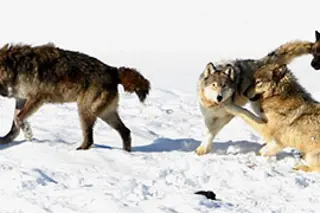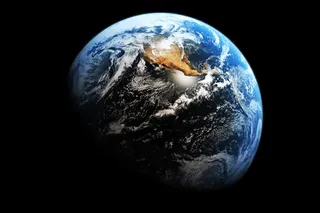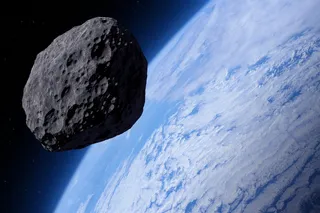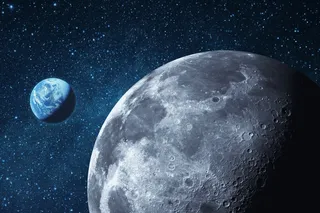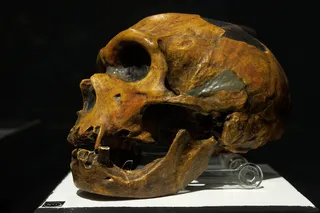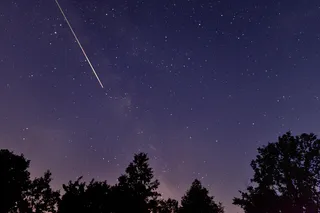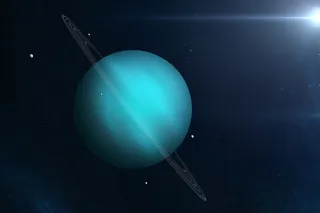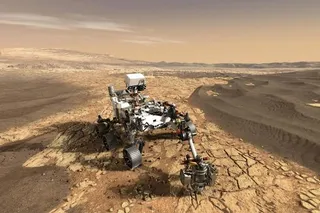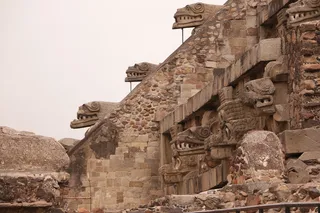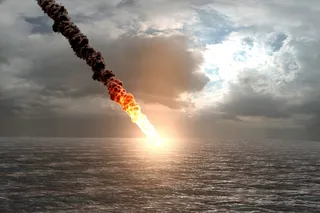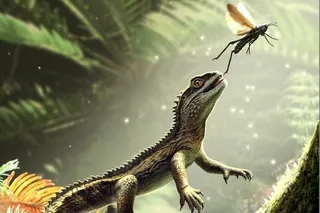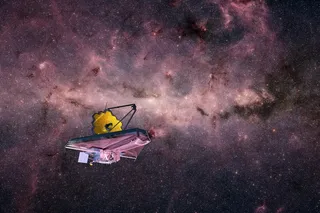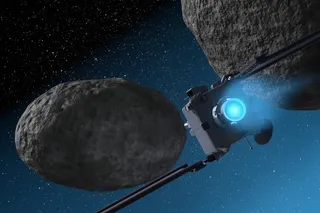DESTINATION SCIENCE: YELLOWSTONE NATIONAL PARK, USA
Just after midnight on June 25, 1972, a man named Harry Eugene Walker, 24, was eaten by a bear at Yellowstone National Park. A ranger who saw the remains just before dawn said Walker looked as if he were sleeping, except that his midsection was missing.
It was not an isolated incident. Between 1950 and 1974, 1,060 people were injured by bears in Yellowstone, a symptom of an ecosystem out of balance. Easily available human foods and garbage caused bears to live too close to people, and they were not the only animals in Yellowstone with worrisome eating habits. For decades the world’s oldest national park suffered from managerial missteps that altered what ecologists call trophic relationships—those of soil to plant, plant to plant eater, and plant eater to carnivore.
Today’s Yellowstone is a much different place, but it takes some tips from experts ...


